Verve’s Guide To Sustainability
Cutting through the clutter, we decided to identify the many arcs that build the holistic circle of responsible fashion
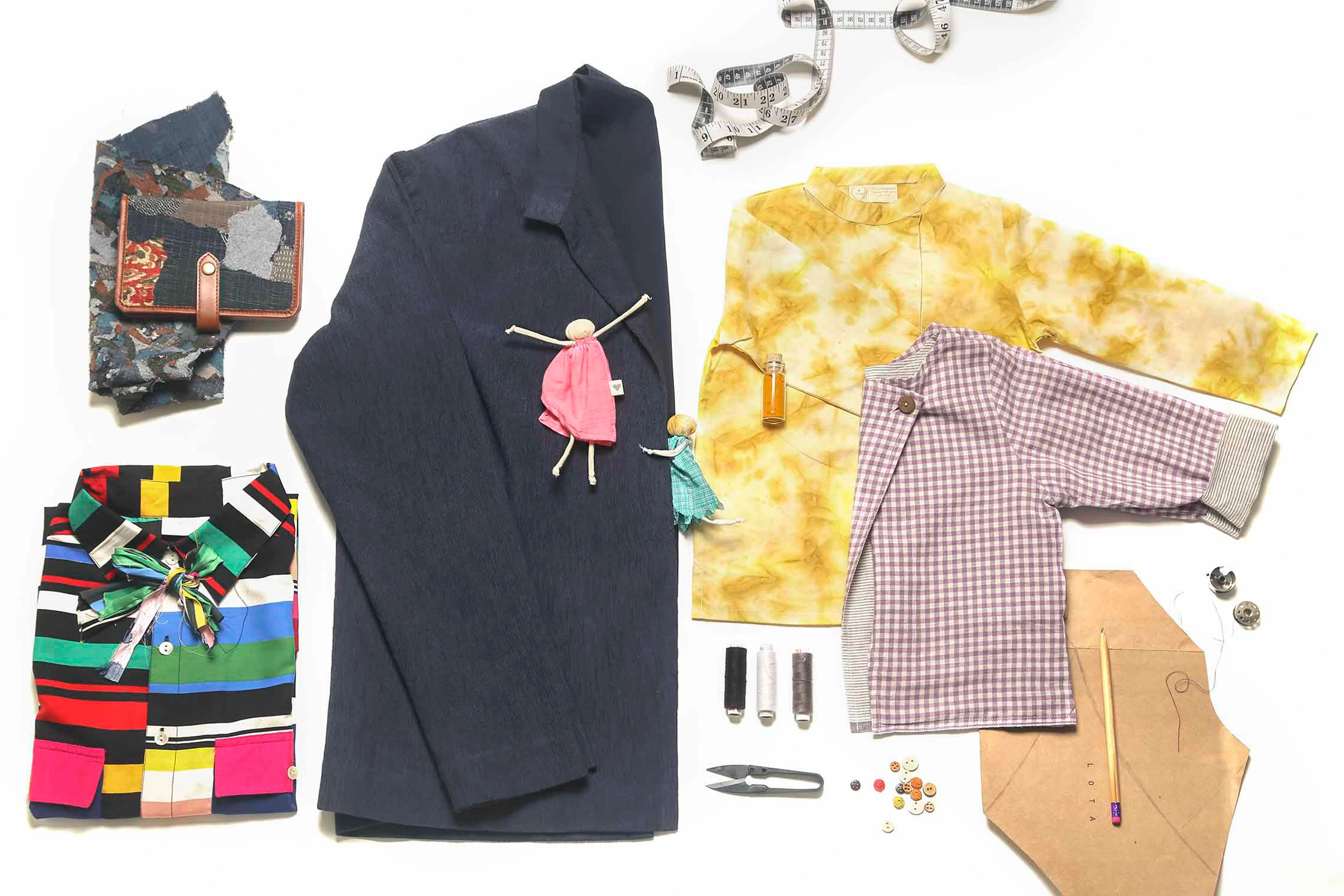
Sustainable, ethical and circular fashion. At Lakmé Fashion Week Summer/Resort 2019, we saw these words getting thrown around a lot — in the collections’ press releases, in post-show conferences and even during the event which had one of the days dedicated to sustainable fashion. But what do these words mean in the context of fashion and textiles in India? We dig deeper and talk to industry experts to understand how Indian labels place themselves in this conversation around sustainability and why it’s imperative to pause and reconsider their definitions and our fashion choices.
India is no stranger to the word sustainability. It has been significant from the time Mahatma Gandhi spun khadi with a charkha and empowered society to become self-sufficient. We have also been taught since our childhoods to make the best out of waste. From fun school projects to wearing hand-me-downs from siblings and our mothers mending clothes, recycling has been a part of most households in the country. Years later, the word got lost in the folds of the industrial revolution, synthetic fibres and assembly line production.
The Three Legs Of Sustainable Fashion
In 2013, the Rana Plaza incident in Bangladesh killed more than 1,100 people and injured around 2,500 garment factory workers, who manufactured clothes for brands such as United Colors of Benetton, Primark and Mango. In 2014, a joint call for “Make in India” by the government saw a resurgence of Indian handlooms and crafts on the ramp, and within the studios of home-grown retail brands. Indian designers identified the need to become more socially responsible, save indigenous crafts with timely design interventions, ask the right questions and close the gap between the artisans’ community and the consumer. In 2015, Eileen Fisher made a statement that shook the fashion industry at its core: “The clothing industry is the second largest polluter in the world…second only to oil”. These three examples highlight three pressing issues that plague the fashion industry — human rights violation, economic transparency and environmental disturbances. Collectively these are the concerns that sustainable fashion addresses.
Suki Dusanj, country head of Fashion Revolution India, however, believes that it goes beyond these three factors. “I try not to define sustainability but rather explain it as an evolving approach to business and life. I would rather encourage that we start to understand it beyond the mostly threefold economic, social and environmental considerations. Sustainability is about respect for resources, fairness beyond income growth and consideration for the well-being of future generations.” Today, sustainability is a fundamental part of an evolving design vocabulary, which is used as a marketing tool by some and as a means to reinstate the values of slow fashion into the society by others in order to save the environment from the adverse effects of the fashion industry.
A Circular Supply Chain
Within the ecosystem of fashion, it’s important to keep a close eye on the supply chain and note the points where it is not sustainable. Radhi Parekh, founder and director of Artisans’, says, “In fabric and garment production, designers should know what chemicals and dyes are being used, how much fabric waste is generated at what point. When it comes to distribution and retail, they should take into account the energy and carbon footprint. If we were to give points to each of these processes in the supply chain, we can come up with a point system that can measure the scale of sustainability.” Working with zero-waste patterns, using natural dyes, recycling fabric scraps to make buttons, pouches and embellishments on garments are just some of the ways designers are contributing to the sustainability cycle. But what happens once the garment gets to the consumer?
The after-life of a garment equally affect the sustainability scale, as the water and petro-chemicals used in dry-cleaning an outfit alter the ecosystem. Dusanj feels that sustainability should remain a fluid concept wherein each company or individual should organically move towards eco-friendly techniques. “One sustainable approach should breed another proactive approach to your product. A designer could simply switch from using unsustainable sequins to recycled ones or perhaps switch from GMO cotton to Fairtrade cotton. These are all proactive measures that can be taken on the path to being more sustainable and I commend anyone who tries. Sustainability is not black and white and there are plenty of grey areas. However I work with stalwarts who would argue that you either are or aren’t sustainable. Many labels in India that I have come across are on a mission to be more sustainable. Some are incredibly sustainable with huge chinks in their armour. For example, some of the most conscious designers using natural dyes and organically sourced fabrics might not have checked the wage of the artisans working on their product as their garment travels along the supply chain. On another note it saddens me when I find a great product — well designed and carefully thought out — but then I see a “Dry Clean Only” label on it. That’s a big turn-off for me,” she explains.
The Indian Jugaad
Recycling and upcycling is another way designers are approaching the concept of sustainability. Take Kriti Tula of Doodlage as an example. The designer works with fabric scraps to create upcycled collections of well-fitted separates. I Was A Sari, winner of the Circular Design Challenge Award 2019 — India’s first award for sustainable fashion — is an eco-ethical lifestyle fashion brand that is made by upcycling pre-loved saris. Designer Sabyasachi Mukherjee, who unveiled The Curiosity, Art & Antiquity Project last year, works with antique textiles and obsolete craft techniques to create one-of-a-kind bridal ensembles. “In India there are so many traditional ways of reusing or recycling. Here, everything would end up in a quilt or gudri. That’s how these beautiful kantha and suzani hand stitches originated,” says Parekh. Designers David Abraham and Rakesh Thakore explored the same kantha technique to create surface embellishments with discarded hospital X-rays and film for their Autumn/Winter 2015 collection.
Every Hand Matters
At the Circular Design Challenge held at Lakmé Fashion Week this year, designer Rahul Mishra who was a part of the jury panel, made an interesting statement. “I feel it’s a crime to sell any khadi garment for under 500 rupees,” he told one of the contestants when he quoted his price for a khadi shirt. His concern was how much an artisan in the beginning of the supply chain would be earning if the outfit was priced so low. The young designer was just addressing a concern that a lot of millennials face when adopting sustainable fashion — inflated price points. This is the reason they keep going back to high fashion retail brands, which give them “value for money”. It’s time to view this sentiment through the lens of sustainability. In order to promote sustainability, designers should market products to highlight what value a consumer is receiving and giving when they invest into sustainable fashion. There are many great examples of this — 11.11/eleven eleven uses a route case to package their merchandise, which explains the many stories and processes that go into creating the garments. For every item, they also have a unique product code which can be used to track where the cotton came from, who the spinner and weavers were, who dyed the fabric and who stitched it. Particularly in 100-per-cent handmade garments, the person who stitched the garment signs off on it — their name is written on the inner lining. These small efforts go a long way in closing the gap between the artisan and the consumer. A designer should always be mindful of how much a weaver is benefitting from his supply system and ensure that a consumer understands it. Many participants from the Circular Design Challenge also mentioned buy-back schemes, which would help them get their garments back into the system. This is what differentiates a sustainable brand from a non-sustainable one — creating a circular supply system that can be supported indefinitely in terms of human impact on the environment and social responsibility.
Cultural Sustainability Or Capsule Collections
At the Lotus Makeup India Fashion Week held in October, five Australian fashion labels collaborated with textile artisans across India to create capsule collections, which were then presented on the runway. These collaborations work both ways — by promoting cultural sustainability through design interventions and economic sustainability by empowering artisans and opening newer avenues of income for them. Similarly, at the recent Lakmé Fashion Week, Anita Dongre and Ujjawal Dubey (in collaboration with Raymond) showcased handspun textiles woven in North-East India through their innovative lines. However, the question remains — how much production is necessary to scale up sustainable development and strengthen the weaver community without compromising on the essence of the textile? Is this an ongoing process or just a one-off line created for the season? These are some questions that the industry needs to answer immediately in order to make things truly transparent.
Indian Brands And Sustainability
As we delved deeper into the ethical fashion cycle, we realised that it is a continuous process and not something that can be added on to a hangtag/hang tag and promoted with the brand. It will be a long time before we can call a brand 100-per-cent sustainable. However, we identified a few Indian labels who are making commendable efforts to create an eco-friendly future:
11.11/eleven eleven

A brand that specialises in khadi separates for men and women and has always promoted the concept of seed to stitch. For the co-founders of the label, Shani Himanshu and Mia Morikawa, it is extremely important that every weaver who handles the garment gets due credit for their craftsmanship. Plus, they produce khadi denims, for people looking for more sustainable options!
Doodlage
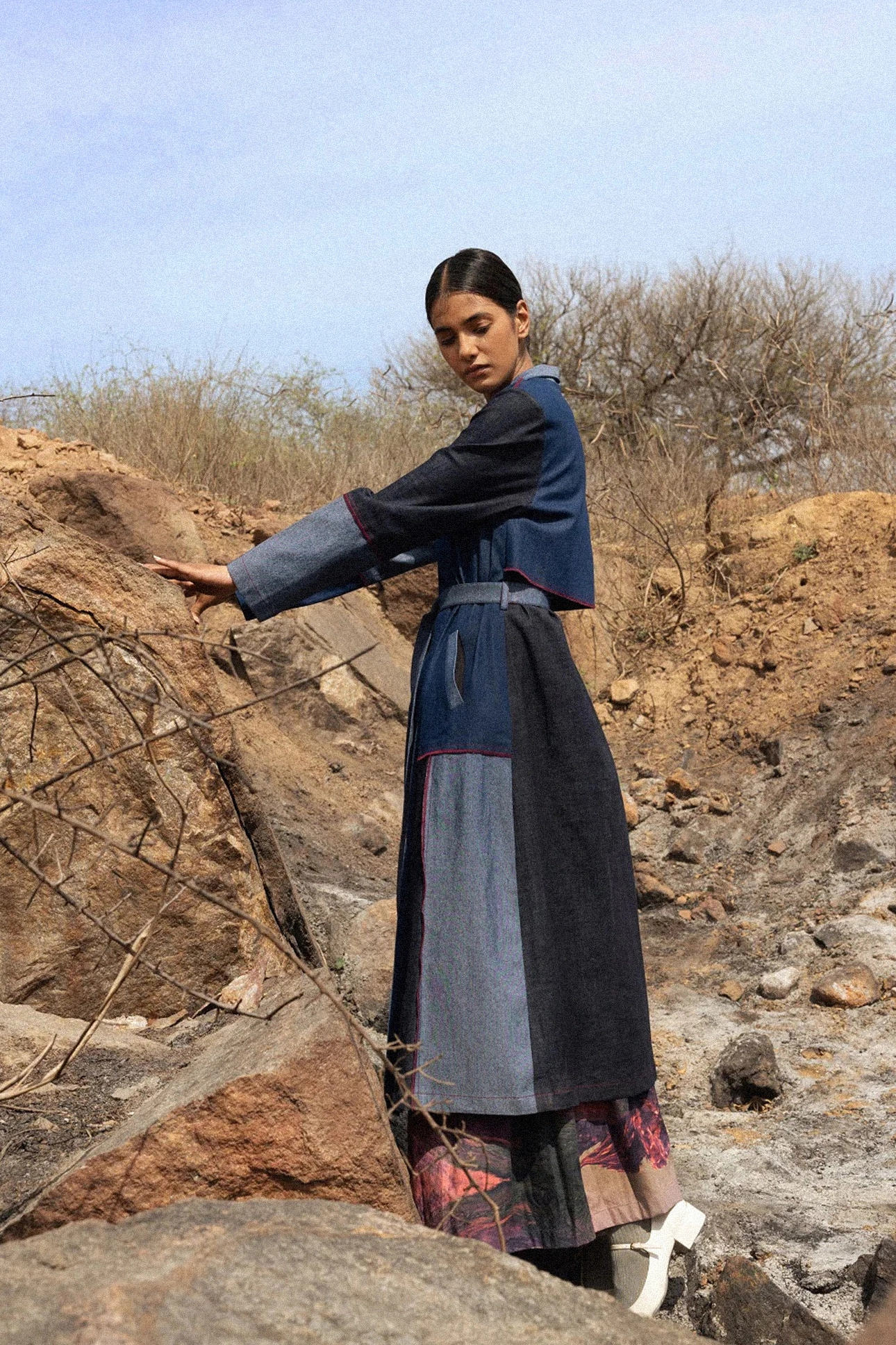
Doodlage follows the concept of “Waste is a design flaw”. The label started by designer Kriti Tula works with post-production fabric waste to create upcycled garments and accessories. Tula procures her fabric scraps from garment factories and then patches and repairs them to make premium products.
Akaaro

The label promotes innovative designs and handloom textiles. “Gaurav Jai Gupta, the creator of Akaaro, walked me through the entire process of one outfit that I bought from him. I feel like I’m wearing a superhero cape when the threads of his garments adorn me. The whole process was so genuinely transparent,” says Dusanj.
Love The World Today
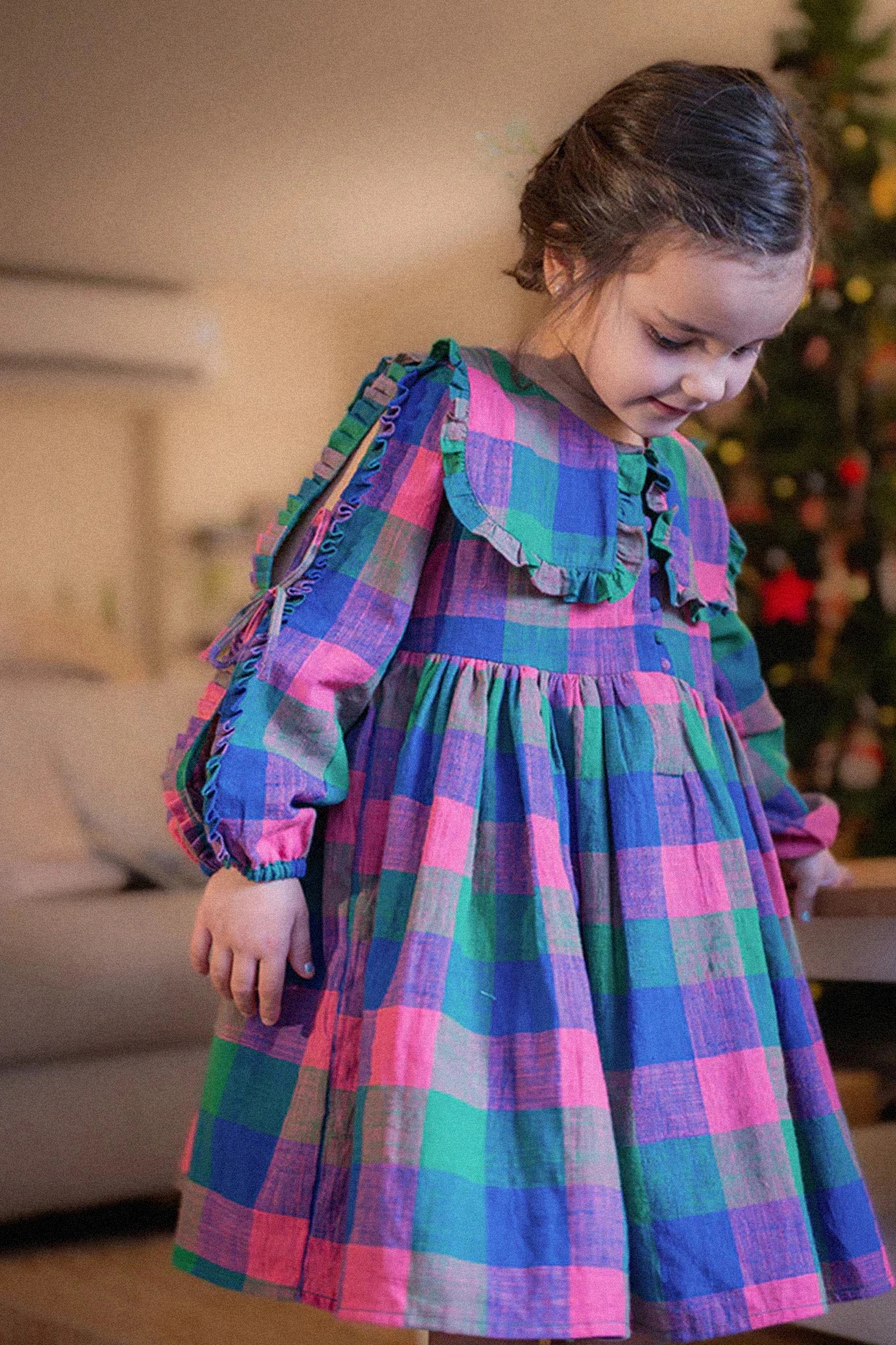
Another recommendation from Dusanj, this label is a sustainable clothing line for children started by sisters Dipna Daryanani and Dipti Daryanani Ahuja. They work with natural fibres and organic and handwoven fabrics while also promoting a donation scheme to upcycle their products for future collections.
Lota
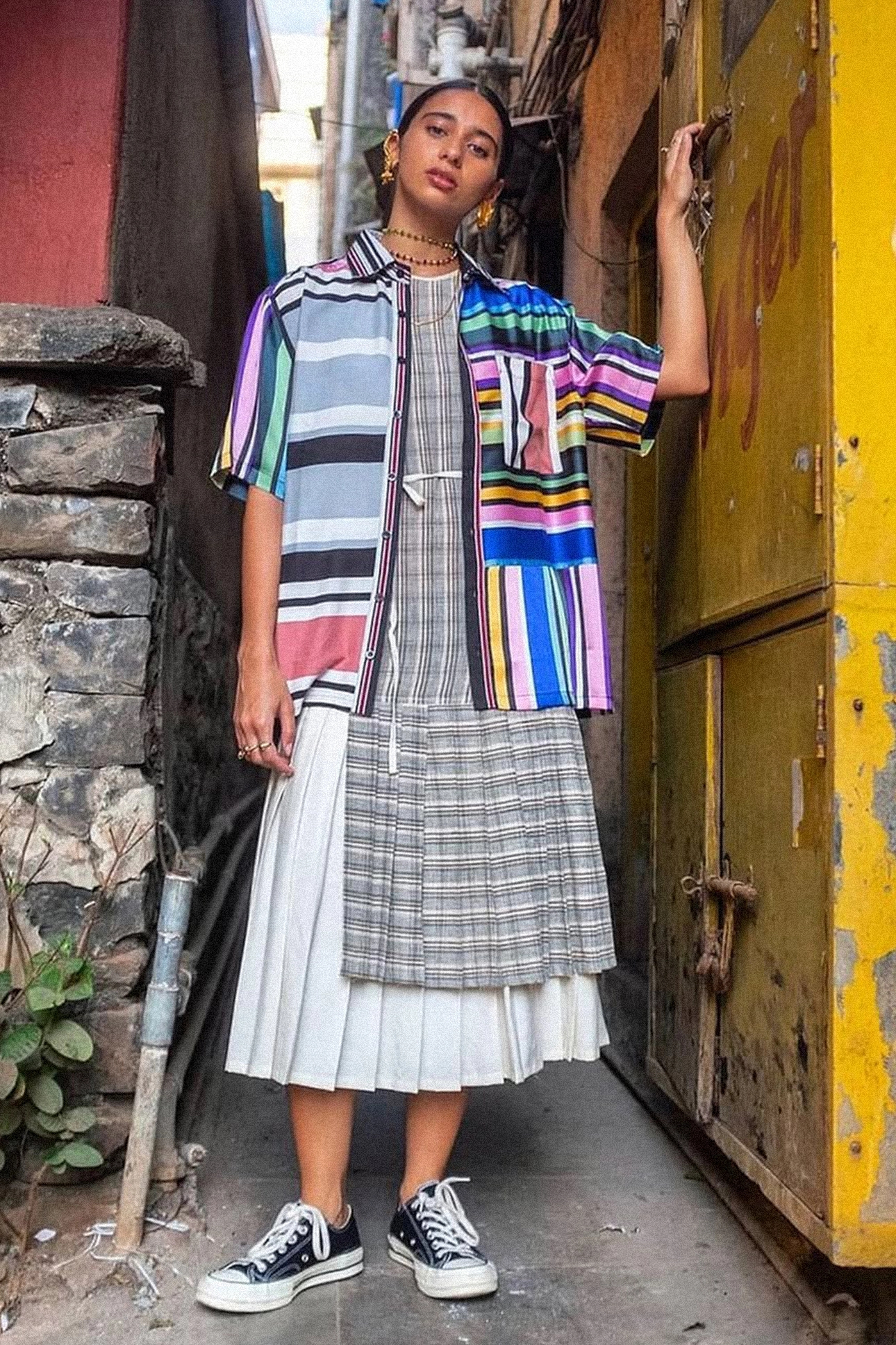
A Delhi-based label — started by designer duo Adhiraj Singh and Shradha Kochhar — which works entirely with industrial waste, fabric scraps and discarded textiles to create a line of “Wasteful Shirts”. To ensure that their shirts truly remain one-of-kind in your wardrobe, the label auctioned off their first collection through Instagram and their website.
Chiaroscuro
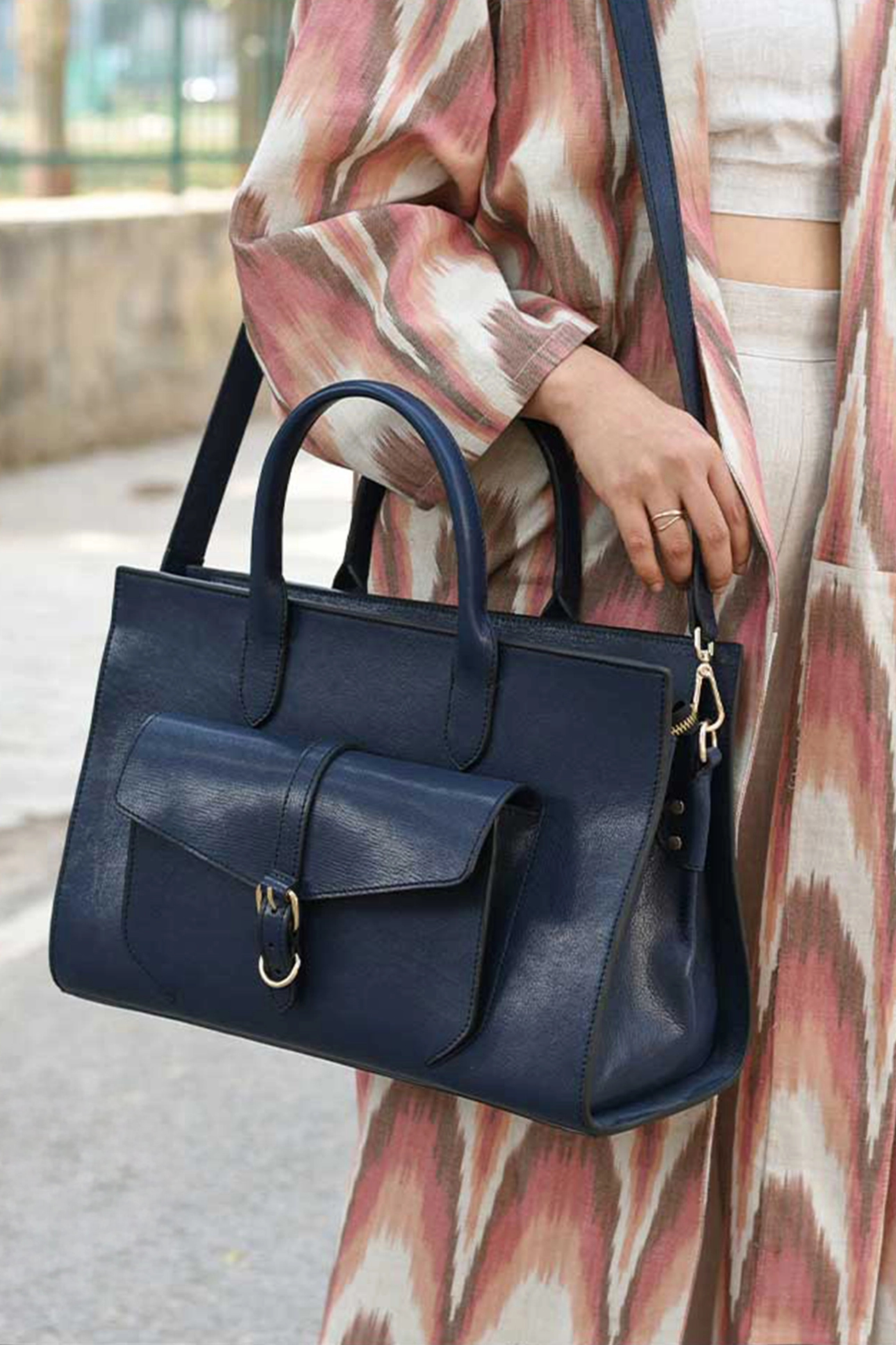
In order to address the debate about whether leather can fall in the sustainable bracket or not, it is important to understand that leather artisans in the country also come under the social and economic welfare scale. Started by designer Smriti Sain in 2015, Chiaroscuro is a Delhi-based workshop known for its single-artisan-made leather accessories. The label works with surplus animal hide from tanneries and production cycles, to lessen wastage.
Boro
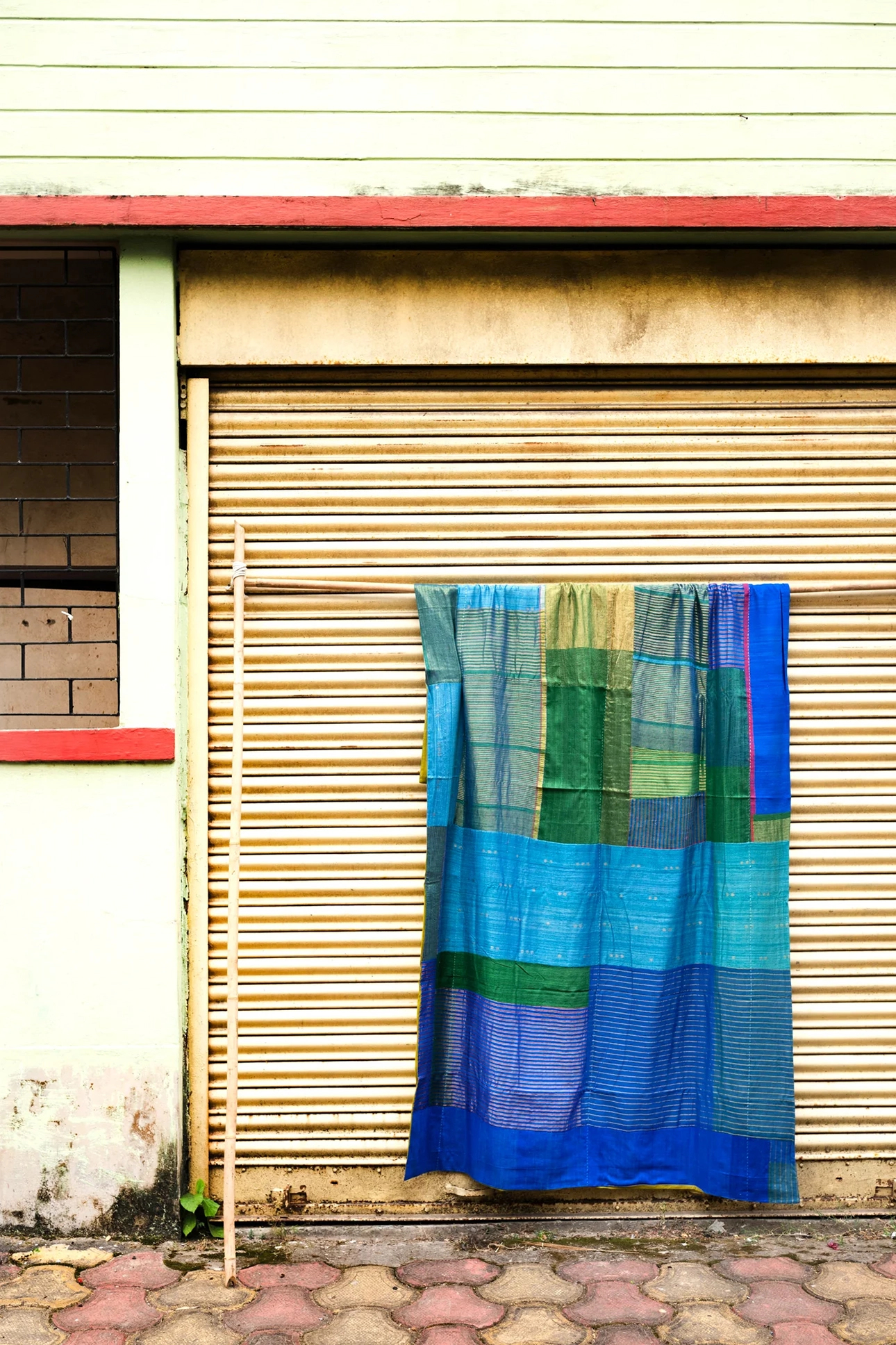
Started by designer Paromita Banerjee in Kolkata, Boro — Japanese for “too good to waste” — combines recycled fabric scraps and handwoven textiles to create the outfits. Along with working with pure handlooms, the designer also focuses on upcycling fabric scraps and uses them to produce diaries, bags, jackets and buttons.
Nurturing And Moving Ahead
As consumers of Indian fashion, before investing, it is important for us to know and educate ourselves. “Nurture your approach to sustainability and think before you buy. Educate yourself about how your clothes are made and pick up our transparency index from our website Fashion Revolution to know why fashion transparency is so important for the people that work in the fashion industry and for the environment. Marvel in your new-found consciousness and apply it to fashion,” suggests Dusanj.
An influx of polyester clothing is taking over local communities, Parekh noted. “The women in Kutch, Gujarat, who are making those beautiful embroideries, are not wearing it themselves. They prefer wearing polyester. Even in Nagaland, the weavers who create all of these wonderful shawls and clothes, don’t end up wearing them. There are Indian designers who have worked with revival of textiles in the past but today, if you go into their stores, you will find more digital prints than indigenous textiles. There is intentional slubbing of yarn to give the feel of a handwoven garment, which then gets the label into murky waters.” she says. Sustainable fashion and development go hand in hand. We cannot only look at creating garments that has the least harmful effect on the environment; one should also make sure that we are not moving further away from our identity and roots. Even though Gandhi is not here in this day and age to re-establish the importance of khadi in our cultural landscape, we can all make small efforts to ensure that the future is sustainable. Or as Dusanj concludes — never be afraid to ask #WhoMadeMyClothes.